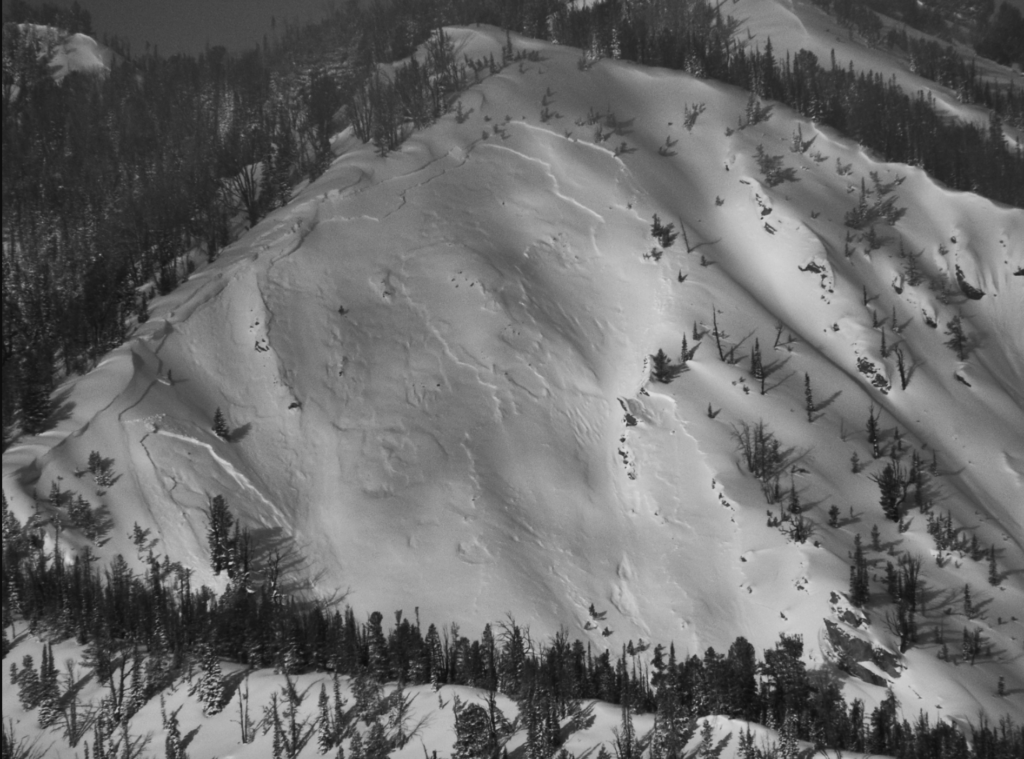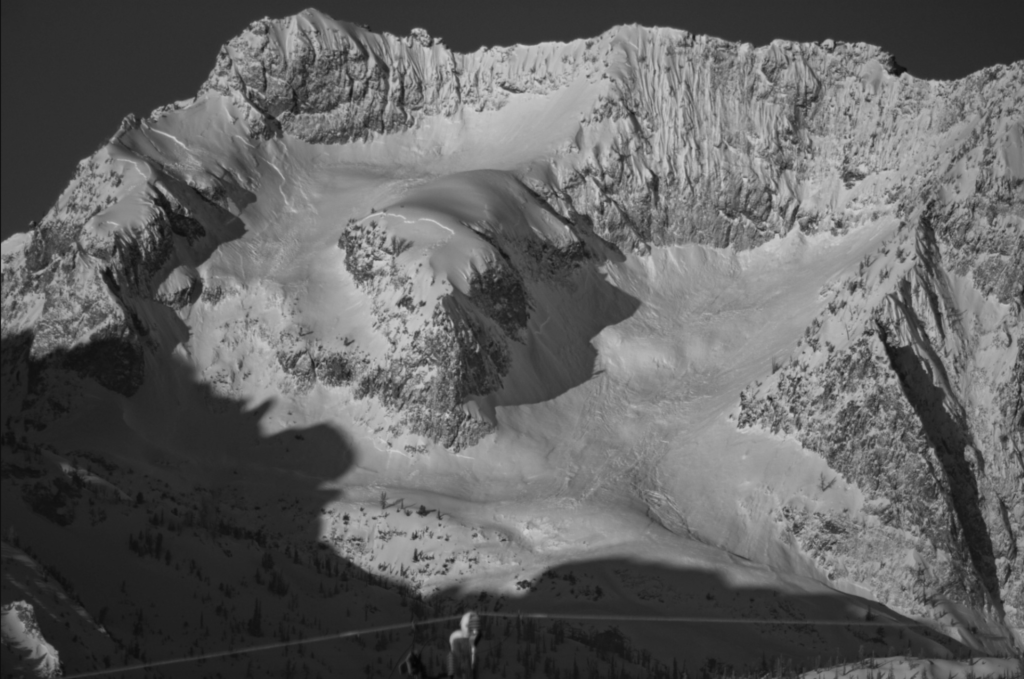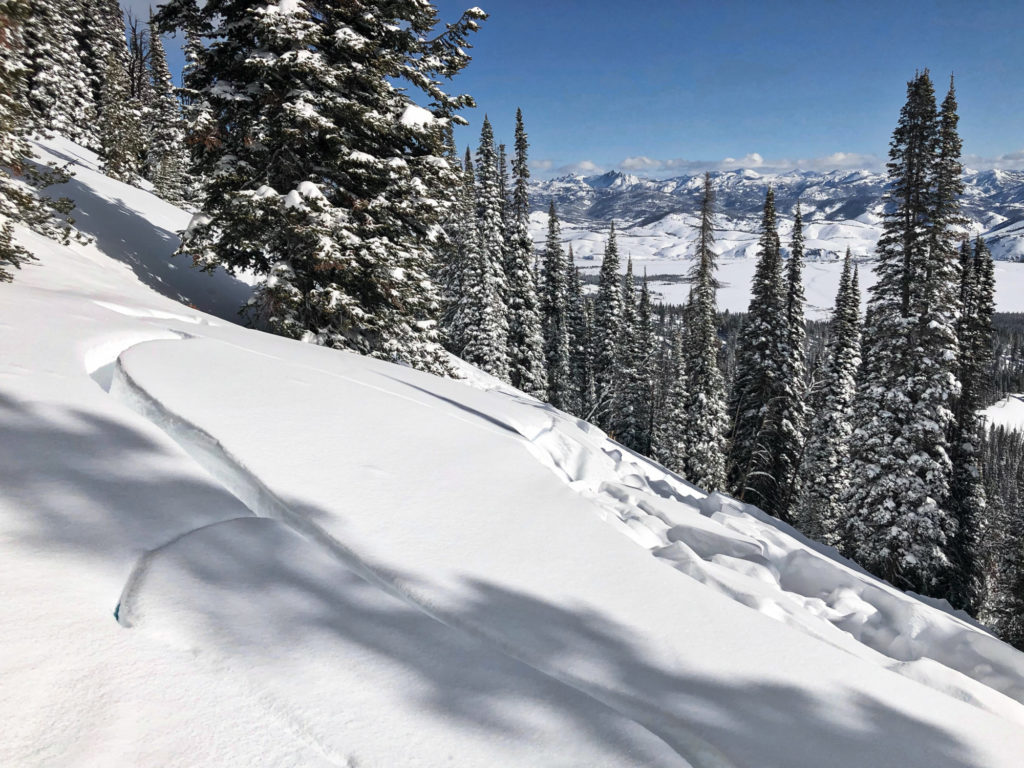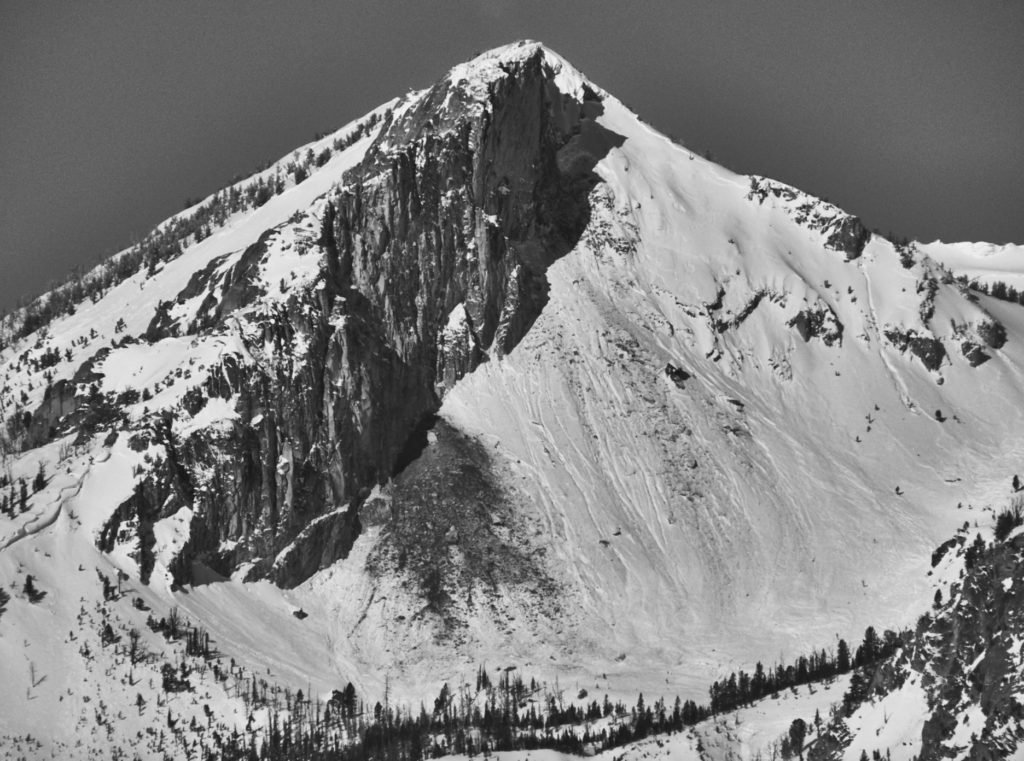Earthquakes and Avalanches
Possibly the last thing most of us worry about when we’re backcountry skiing in avalanche country is an earthquake. OK, maybe it’s a penultimate concern, second or third to quicksand and the Swamp Thing. But for central Idahoans, it’s certainly now top of mind.
On Tuesday, March 31, in a very rare and historic event, a 6.5 magnitude earthquake shook the Sawtooths, its epicenter roughly 20 miles northwest of Stanley. The quake occurred just after a spring storm dropped 24-36 inches on the surrounding peaks; the avalanche danger that day was reported high, and the quake triggered a staggering number of slides.
The earthquake was one of only 22 reported quakes in history that have precipitated significant avalanche events. Notably, the deadly 2015 earthquake in the Himalaya, which caused an avalanche that swept through the Mount Everest Base Camp and killed 22 climbers and crew members, measured a 4.8 magnitude. The recent quake in Idaho was nearly 60 times more powerful.

According to the U.S. Forest Service Sawtooth Avalanche Center (SAC), “In addition to feeling the obvious effects of the earthquake, many Stanley residents reported hearing the rumble of avalanches coming from the nearby Sawtooth Mountains when the earthquake occurred. Clearing weather on April 1 revealed incredibly widespread avalanching in the Sawtooth Mountains and in the mountains closer to the epicenter near Banner Summit. While some of these avalanches may have occurred naturally prior to the earthquake, evidence suggests that the majority of them released as a direct result of the earthquake.”

Avalanche specialist Chris Lundy, who was in the Sawtooth Mountains near Williams Peak, reported the following: “When the earthquake hit, all of the trees shook and snow was falling out of them—that image will remain in my mind forever. Almost immediately, we heard the rumbling sound of avalanches reverberating in the mountains. Even though we were in a location that was safe from avalanches, we felt very vulnerable as the mountains shook around us. The next day, we climbed higher into the mountains to take advantage of good visibility and look at what happened. Avalanches were everywhere. Snow that had previously been clinging to the steep, rocky faces of the Sawtooths had been rattled off. Crown lines from slab avalanches were countless. Even on lower angled slopes that were not steep enough to avalanche, we found cracks in the snow as if the whole snowpack had shattered.”

More information about the earthquake:
- Event web page from the United States Geological Survey (USGS)
- YouTube video explaining the event by College of Southern Idaho Geology Professor Shawn Willsey
- Technical resource: HP Marshall, Associate Professor – Department of Geosciences: Cryosphere Geophysics And Remote Sensing, Boise State University hpmarshall@boisestate.edu




